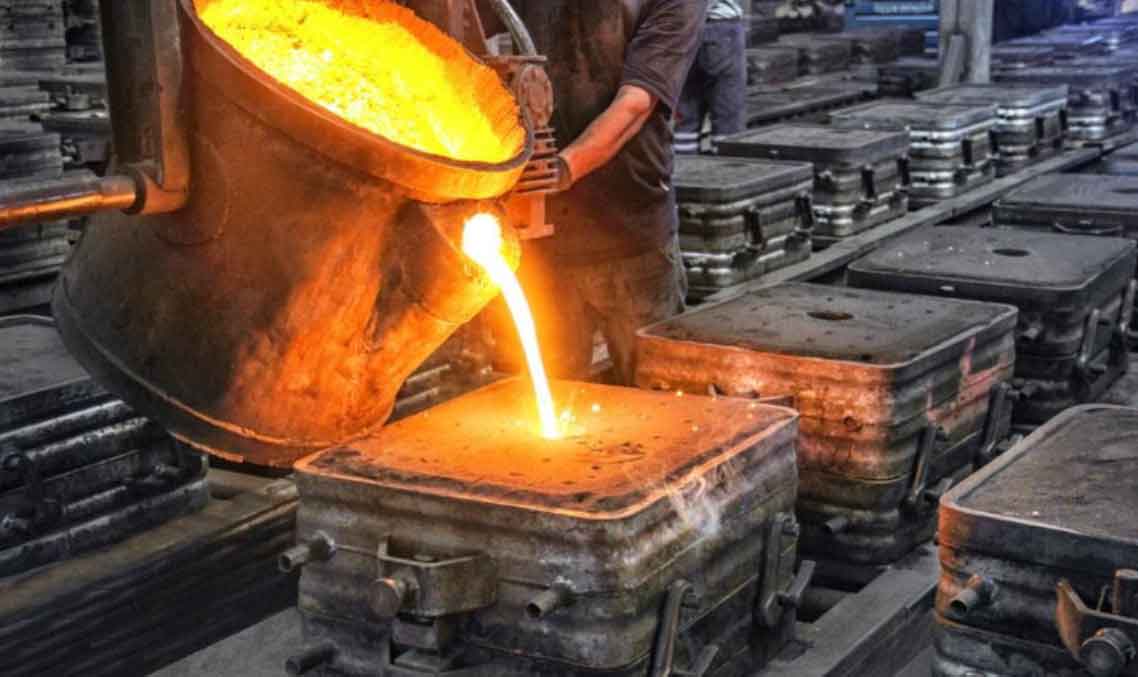
Sustainable foundry practices in China casting industry have become increasingly important in recent years as environmental concerns and the need for green manufacturing solutions gain prominence. Foundries in China are adopting various strategies and technologies to reduce their environmental impact and promote sustainable operations. Some of the key sustainable practices in China casting include:
- Energy Efficiency: Foundries are investing in energy-efficient technologies and equipment to minimize energy consumption during the casting process. This includes using advanced furnaces, optimizing heat treatment processes, and implementing energy-saving measures throughout the production cycle.
- Waste Reduction and Recycling: Foundries are implementing waste reduction initiatives to minimize the generation of waste materials. They are also recycling and reusing materials wherever possible to reduce the demand for new raw materials and lower the overall environmental footprint.
- Water Management: Proper water management practices are adopted to conserve water resources and reduce water consumption. Technologies like closed-loop water systems and water recycling help minimize water usage and discharge.
- Emissions Control: Foundries are investing in pollution control equipment to reduce emissions of pollutants, such as particulate matter, volatile organic compounds (VOCs), and greenhouse gases. Air pollution control systems help ensure compliance with environmental regulations and improve air quality.
- Green Sand Technology: Foundries are adopting advanced green sand technology, which uses environmentally friendly binders and additives to reduce emissions and waste associated with traditional sand casting methods.
- Life Cycle Assessments: Life cycle assessments (LCAs) are conducted to evaluate the environmental impacts of casting processes from raw material extraction to the end of the product’s life. This enables foundries to identify areas where improvements can be made to enhance sustainability.
- Renewable Energy Adoption: Some foundries are incorporating renewable energy sources, such as solar or wind power, into their operations to reduce reliance on fossil fuels and decrease carbon emissions.
- Certifications and Standards: Many Chinese casting foundries are obtaining environmental certifications, such as ISO 14001, to demonstrate their commitment to sustainable practices and meet international environmental standards.
- Green Product Design: Foundries collaborate with customers to design products that are more eco-friendly, focusing on material selection, design optimization, and waste reduction.
- Eco-Friendly Materials: The adoption of eco-friendly molding materials and coatings helps reduce harmful emissions and waste generated during the casting process.
- Employee Training and Awareness: Foundries are investing in employee training and awareness programs to educate workers about sustainable practices and their role in promoting a green manufacturing environment.
Sustainable foundry practices in China casting are not only driven by regulatory requirements but also by the growing demand for environmentally responsible manufacturing solutions. As the country continues to strive for greener industrial practices, the casting industry plays a crucial role in paving the way for sustainable and eco-friendly manufacturing.
